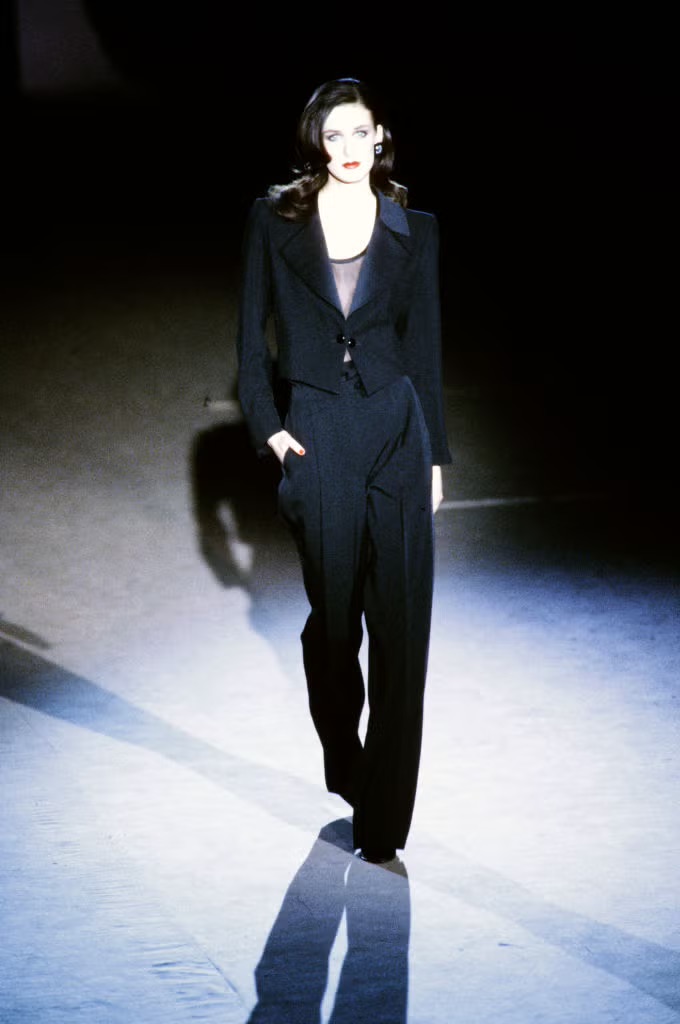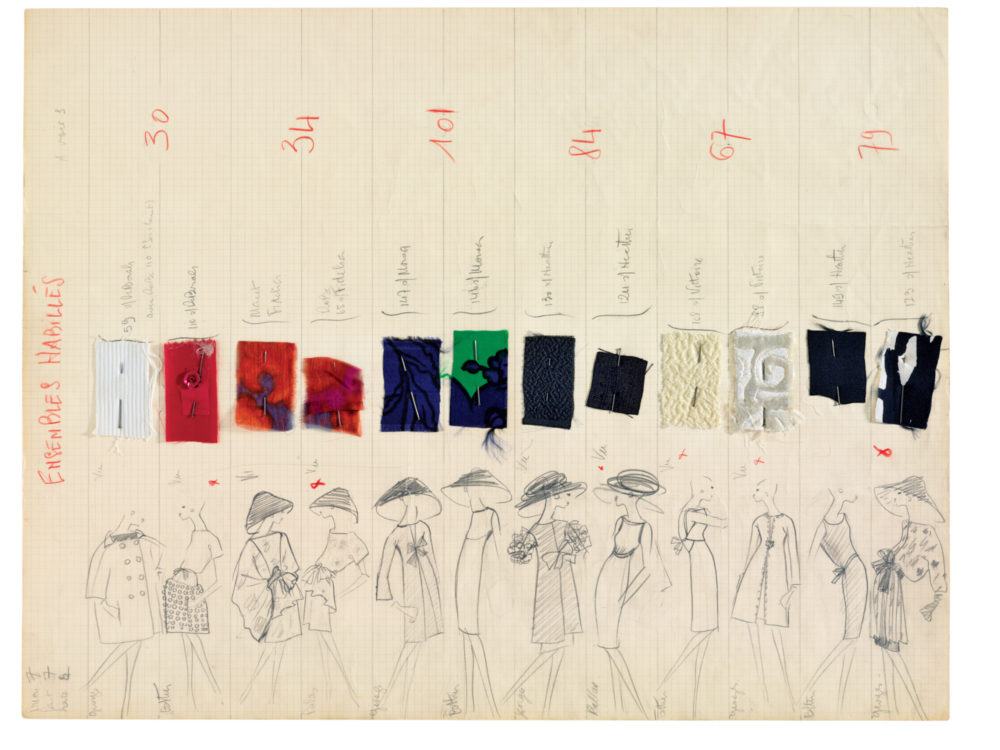
His debut collection, presented for spring 1962, included early examples of the cut-outs that would be popular in fashion in a few years,but it received mixed reviews. His second collection, for fall 1962, was celebrated as his best since his 1958 Trapeze collection for Dior. Fashion writers ranked the collection with that of Givenchy as among the best in Paris. It featured India-inspired evening dress, a mostly dark, rich color palette, and a refinement of the bohemian influences seen in his fall 1960 Dior collection, evoking in many journalists' minds Paris's Left Bank.
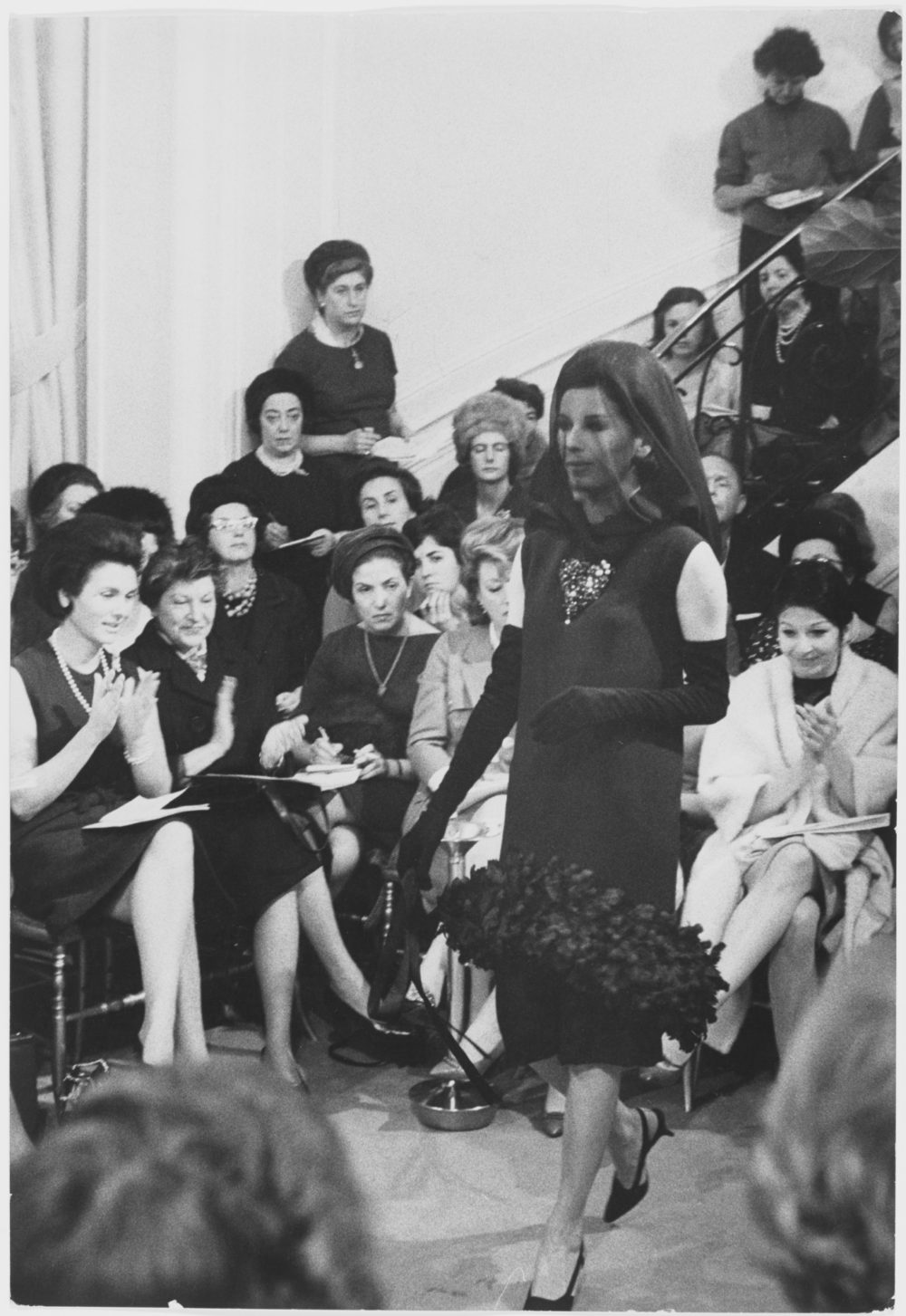
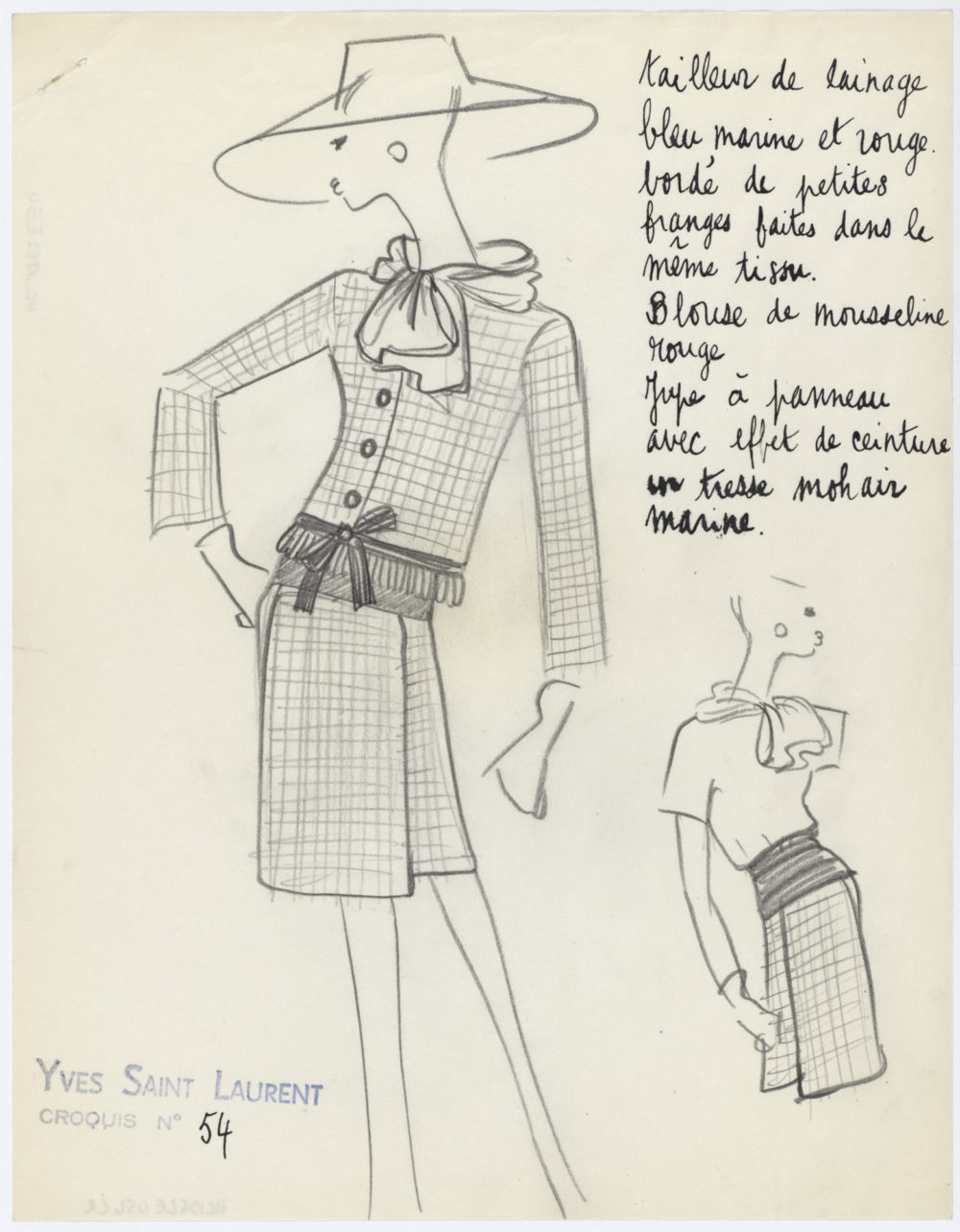
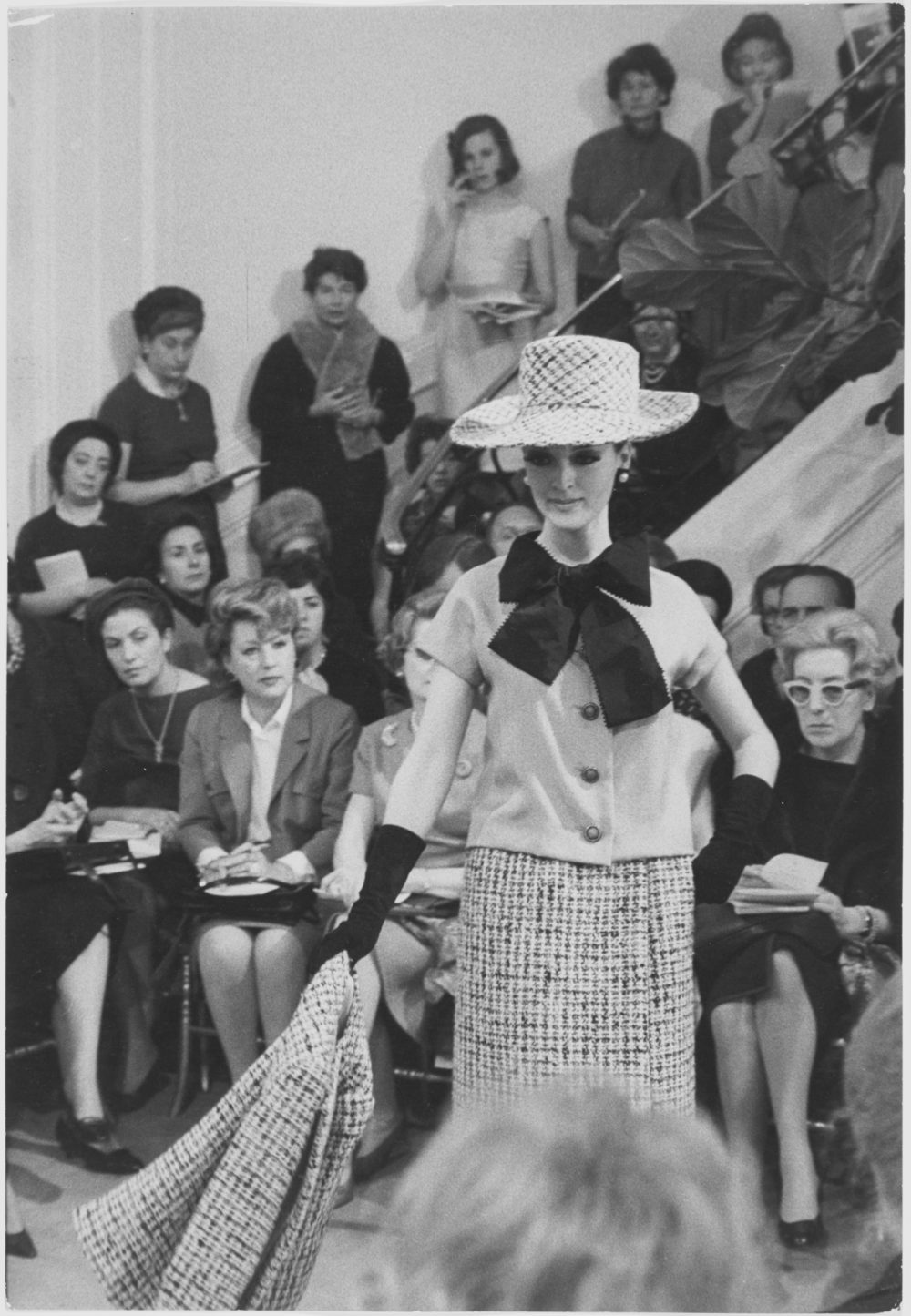
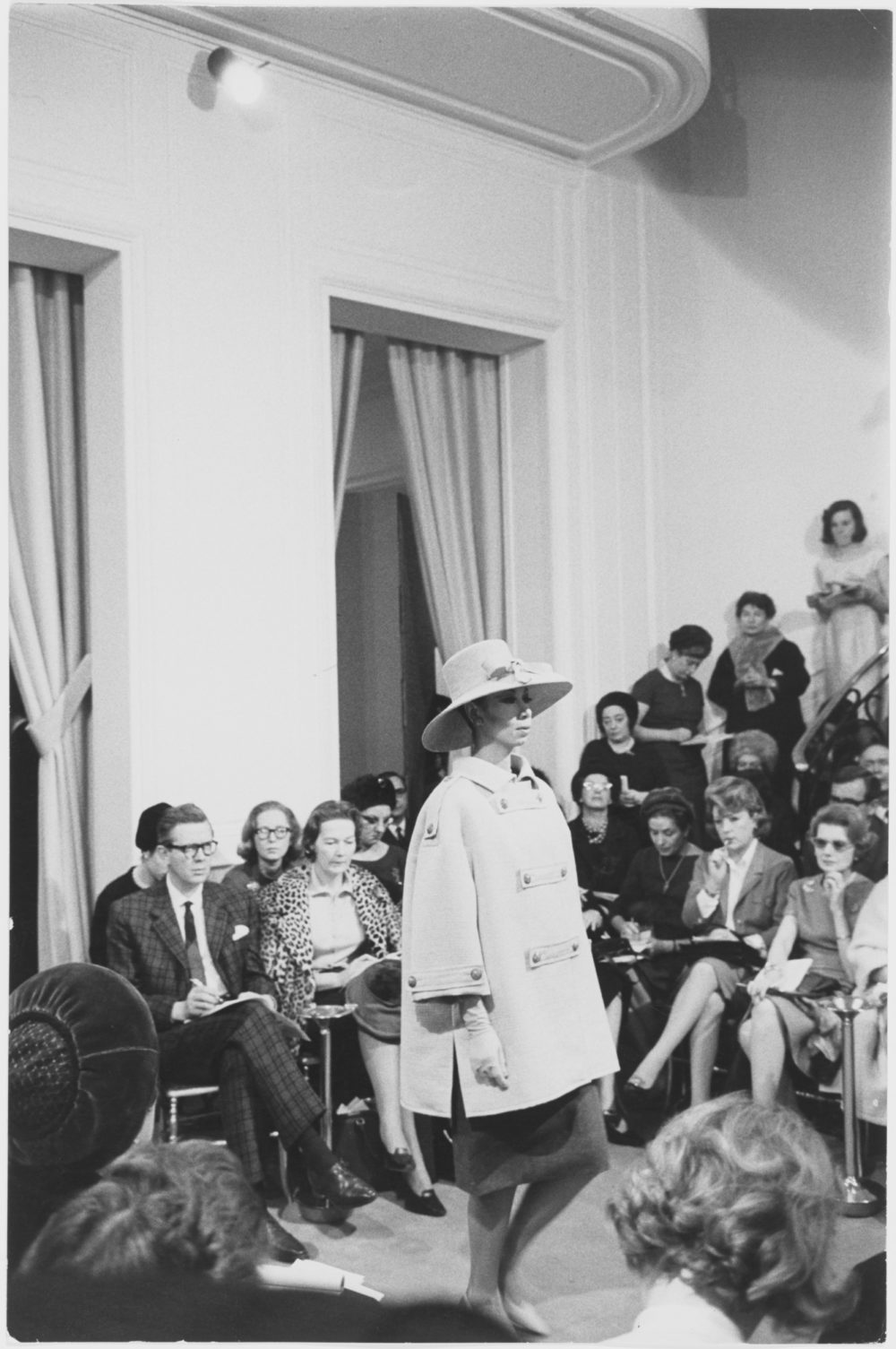
In the 1960s, Saint Laurent introduced or contributed to fashion trends such as the beatnik look (1962),pea coats (1962), thigh-high boots (1963, via his chosen shoe designer Roger Vivier), the Le Smoking women's tuxedo suit (1966), and safari jackets for men and women (1967). Many of his designs were inspired by women's lives in the sociopolitical climate of the time, particularly the trousers he showed in 1968 after witnessing the epochal French uprisings of that year. Saint Laurent is often said to have been the main designer responsible for making more widely acceptable the wearing of pants by women.
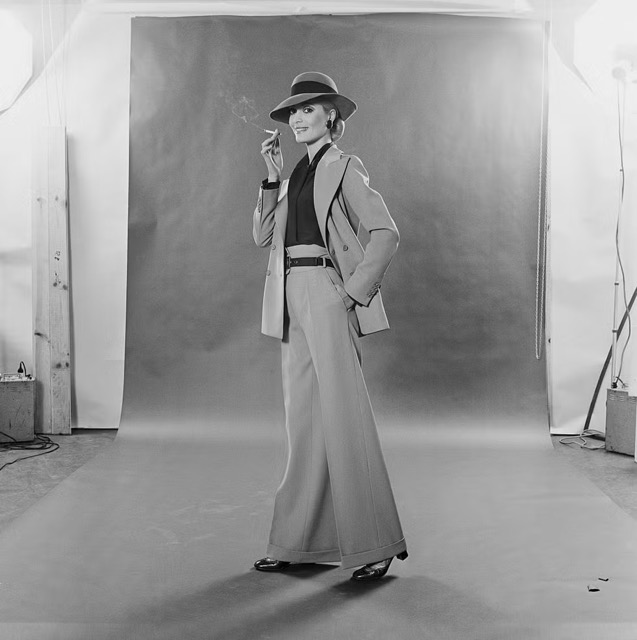
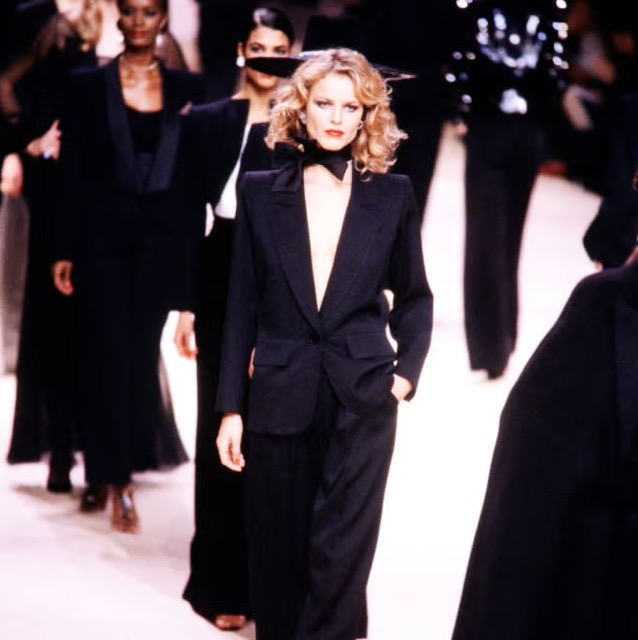
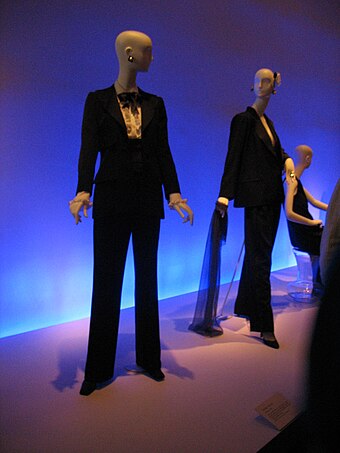
Yves Saint Laurent brought in new changes to the fashion industry in the 60s and the 70s. The French designer opened his prêt-à-porter house YSL Rive Gauche in 1967, where he was starting to shift his focus from haute couture to ready-to-wear. One of the purposes was to provide a wider range of fashionable styles being available to choose from in the market, as they were affordable and cheaper.
He was the first French couturier to come out with a full prêt-à-porter (ready-to-wear) line; although Alicia Drake credits this move with Saint Laurent's wish to democratize fashion;[61] others[who?] point out that other couture houses were preparing prêt-à-porter lines at the same time-the House of Yves Saint Laurent merely announced its line first. The first of the company's Rive Gauche stores, which sold the prêt-à-porter line, opened on the rue de Tournon in the 6th arrondissement of Paris, on 26 September 1966. The first customer was Catherine Deneuve.[11] He ended up doing many costumes for her in films such as Heartbeat, Mississippi Mermaid, and Love to Eternity.

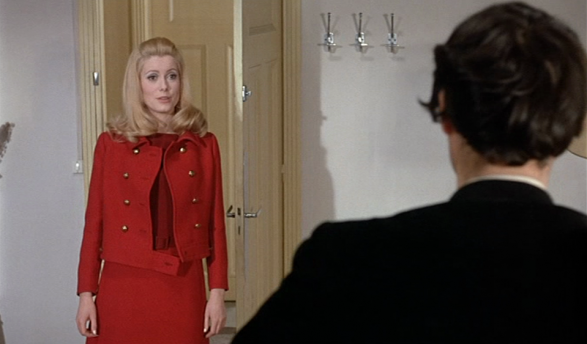
During the 1970s, Saint Laurent came to be considered the most prominent designer in the world, adapting his designs to modern women's needs. Even in his sometimes lavish Russian peasant collections of the middle of the decade, the clothes themselves remained comfortable and wearable. He is credited with initiating in 1978 the prominently shoulder-padded styles that would characterize the 1980s.
Many of his collections were positively received by both his fans and the press, such as the autumn 1966 collection, which introduced Le Smoking tailored tuxedo suit, and his 1965 Mondrian collection. Other collections raised controversy, such as his spring 1971 collection, which was inspired by 1940s fashion. Though 1930s and '40s revival had been a trend among some London designers like Ossie Clark since the late sixties[79] and although Saint Laurent had presented a few 1940s looks late in the previous year,for a designer of his stature to devote an entire couture collection to the 1940s raised some hackles. Some felt it romanticized the German occupation of France during World War II, which he did not experience, while others felt it brought back the unattractive utilitarianism of the time. The French newspaper France Soir called the spring 1971 collection "Une grande farce!"Criticism notwithstanding, Saint Laurent's influence was such that the collection did lead to some general fashion changes in shoulder and lapel shape and increased the popularity of tailored blazers.
.jpg)
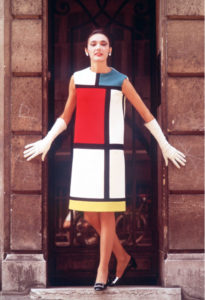
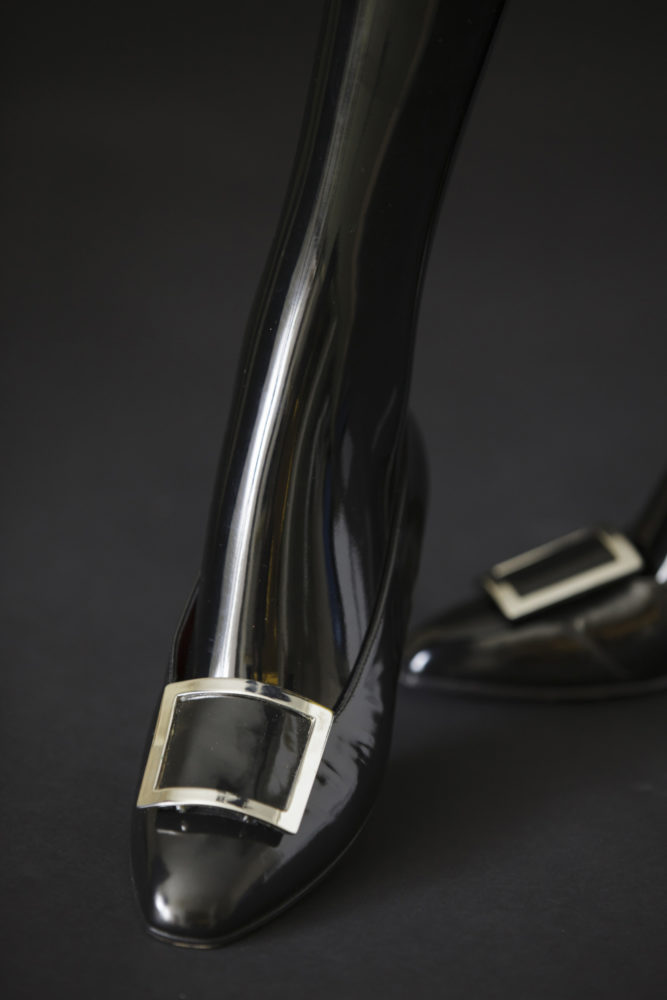
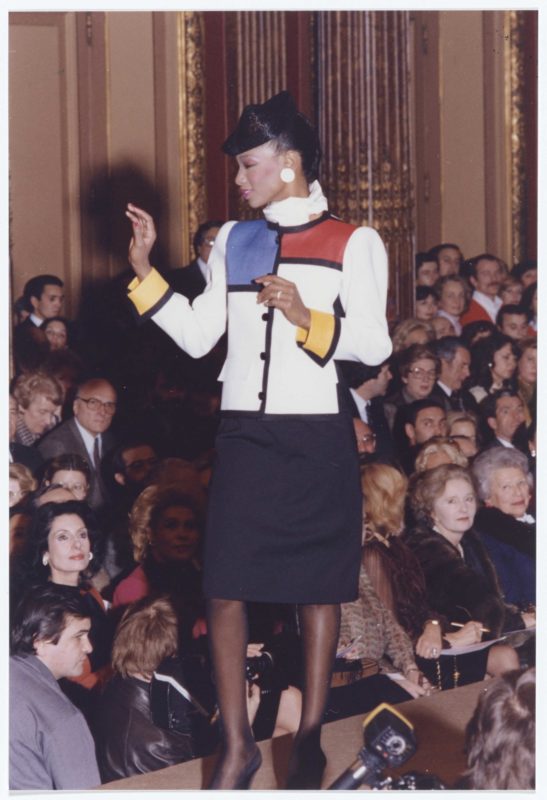 "
"
During the 1960s and 1970s, Saint Laurent was considered one of Paris's "jet set". He was often seen at clubs in France and New York City, such as Regine's and Studio 54, and was known to be both a heavy drinker and a frequent user of cocaine. When he was not actively supervising the preparation of a collection, he spent time at his villa in Marrakech, Morocco. In the late 1970s, he and Bergé bought a neo-gothic villa, Château Gabriel in Benerville-sur-Mer, near Deauville, France. Yves Saint Laurent was a great admirer of Marcel Proust who had been a frequent guest of Gaston Gallimard, one of the previous owners of the villa. When they bought Château Gabriel, Saint Laurent and Bergé commissioned Jacques Grange to decorate it with themes inspired by Proust's Remembrance of Things Past.
The prêt-à-porter line became extremely popular with the public if not with the critics and eventually earned many times more for Saint Laurent and Bergé than the haute couture line. However, Saint Laurent, whose health had been precarious for years, became erratic under the pressure of designing two haute couture and two prêt-à-porter collections every year. He increasingly turned to alcohol and drugs. At some shows, he could barely walk down the runway at the end of the show, and he had to be supported by models.
Following his 1978 introduction of the big-shoulder-pad looks that would dominate the 1980s, he relied on a restricted set of styles based largely on big-shouldered jackets and narrow skirts and trousers that didn't vary much during the decade, resulting in some fashion writers bemoaning the loss of his former inventiveness and others welcoming the familiarity. He was one of the last designers to give up big shoulder pads at the end of the eighties. After a disastrous 1987 prêt-à-porter show in New York City, which featured US$100,000 jeweled casual jackets only days after the "Black Monday" stock market crash, he turned over the responsibility of the prêt-à-porter line to his assistants. Although the line remained popular with his fans, it was soon dismissed as "boring" by the press.
